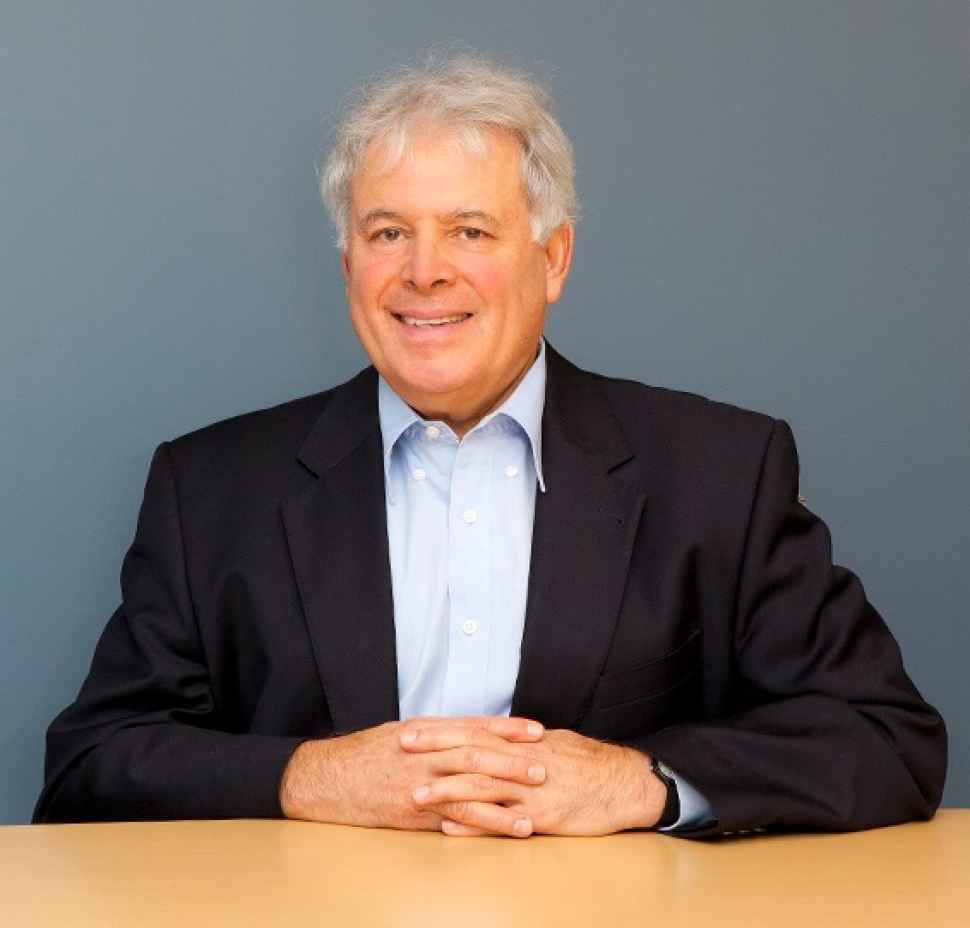“It is fabulous to be in a dynamic university that has a sense of purpose and direction, and one that has always punched above its weight.”
I became a staff member at Flinders in March 2015, and thus am one of the newest members of the academic staff. It is fabulous to be in a dynamic university that has a sense of purpose and direction, and one that has always punched above its weight.
I did my undergraduate and postgraduate study at the University of New South Wales and in 1972 applied for a lecturer’s job at Flinders. Arriving in January 1973 the only way to describe it was to say it was bubbling and exhilarating.
Here was a new university, way out of town with just a few buildings, and populated by young academics who were massively infected with enthusiasm to teach well, and develop new research ideas. The Whitlam government had just been elected and was intent on turning everything upside down, so there was lots of research material for those of us in the Social Sciences.
I was gratified to see a headline in April 2015 saying: “Flinders medical course gets top accreditation”. In its first year of operation the Medical School had a great innovation and that was to expose medical students, very early in their education, to the real world. In their first semester each student was to do a placement in a medical setting – usually a general practice, and at the end of the placement there was to be a summary session run by a medical educator and a social science academic. I was fortunate to be chosen as one of the social science academics.
When we completed the session with the students about what they had observed and what they had learned we had a feedback session with the medical faculty. The chair turned to group A and asked what they had discussed, and they said sore throats and dislocated shoulders; then group B reported that they had a heart attack recovery and an ingrown toenail; group C had discussed a broken ankle and an infected wound; and then they turned to group D and I said that we had talked about white coats. “White coats” said the chair, “What do you mean white coats?” Well, I explained, we had a group of 18 year olds, three months out of high school, and one of them commented that he was very nervous when the first patient came into the room. However he was wearing a white doctor’s coat and the patient deferred to him and asked him all sorts of questions. Because he was wearing a white coat he was trusted implicitly, even though he didn’t know anything. I thought this was a keen observation, and we had a great discussion about professional authority. “What a stupid thing to talk about”, bellowed a senior professor, “what a waste of bloody time!” And I was never again invited to the medical school.
Decades later when I came across this professor, who over many years had made a long and enduring contribution to medical education we laughed about this event and wrote it off as a time that had long passed.
I was fortunate in my first year at Flinders to secure a very substantial grant to monitor and evaluate the development of a significant Whitlam program, the Australian Assistance Plan. In doing my first national project I learned how well respected our Flinders academics were, how much they really had to contribute to the issues of the day and to the betterment of our community. Had I not been at Flinders I doubt I would have received this grant, and this was career changing as it led to a great amount of research and a lot of publications that later led me to new places.
At Flinders I was surrounded by people who were nationally recognised, people who went on to make great contributions to Australian and international political science, psychology, sociology, geography, social policy, history, demography and economics. Along the corridor from me were some of the nation’s finest economists and labour market analysts. It really seemed incredible in those days, in a university that was less than a decade old.









